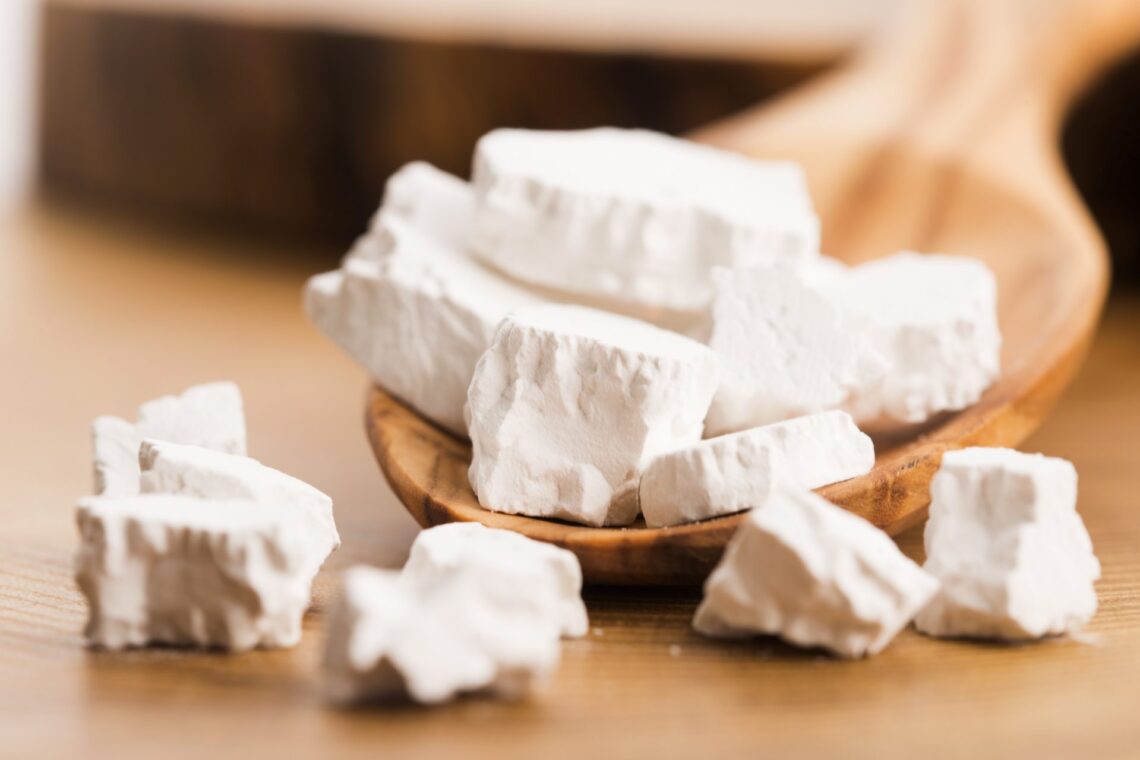Subscribe to our newsletter
Receive news and benefits on health and wellness.

Our nutrition expert, Melanie Waxman, tells us the story behind ‘kuzu’ and all its properties.
A chalky white powder labelled ‘Kuzu’ is found in most natural health food shops in Europe and the U.S. but a long history lies behind this modest–looking ingredient…
It is said that around 2000 years ago, people living by the Yoshino River in Japan began harvesting a Hardy, fast-growing vine, whose roots were thought to contain healing and strengthening powers. To this day, these roots are highly prized for the fine, white starch they produce.
Digging up these aggressive, wild roots was hard work – they can measure up to 2 meters and weigh over 180 kilos. So the process of making kuzu starch has always been considered an art form. The roots are carried down from the hills, to be cut, crushed, soaked an rinsed in spring water – all by hand, amidst Japan’s cold, mountainous winters.
The pure starch that remains has almost no taste and can be mixed into soups, sauces, desserts, medicinal drinks and other foods. Although it is still not consumed on a large scale outside Japan, kuzu is a prize ingredient in the kitchens of those who have experienced the value of its medicinal properties.
To read the full article, get your copy of SHA Magazine here.
Receive news and benefits on health and wellness.
